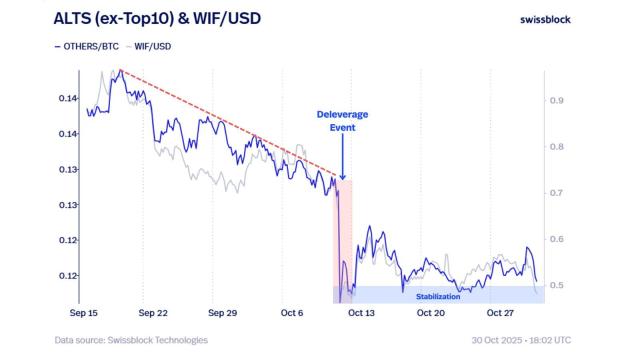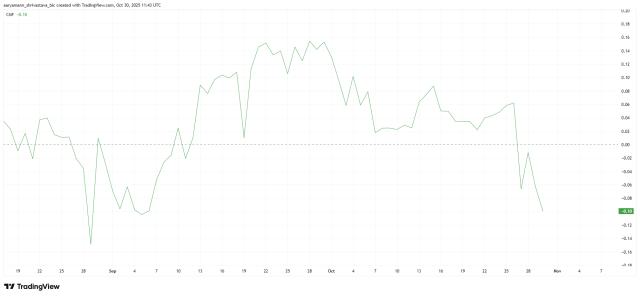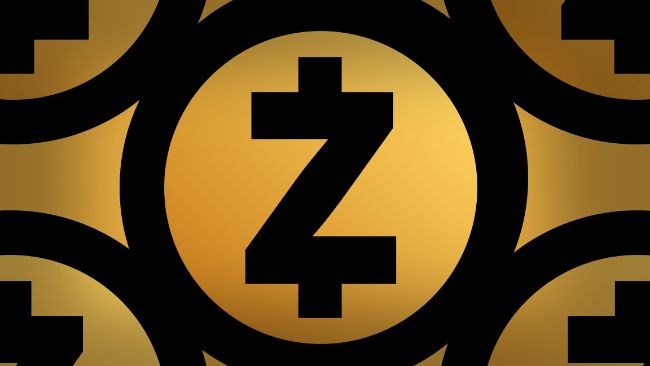In its latest report this week, US investment bank JPMorgan Chase pointed out that USDC, a stablecoin issued by Circle, has outpaced USDT in terms of on-chain activity and market capitalization growth rate.
Clear regulation and institutional funding are the keys to success or failure.
The report attributes this change to two main factors. The first is the flurry of stablecoin regulations introduced by major jurisdictions worldwide in 2025, including the US GENIUS Act and the EU MiCA , which clarify key points such as issuer eligibility, reserve management, and information disclosure, eliminating long-standing policy uncertainties.
Secondly, institutional investors are increasing their demand for compliant assets. Data shows that 84% of institutions have already used or plan to use stablecoins, and 68% of them decide where their funds go based on the regulatory environment. Against this backdrop, USDC, which emphasizes compliance and reserve audits, has become the preferred choice for traditional funds.
Specifically, USDC's market capitalization expanded from approximately $48 billion at the beginning of the year to approximately $76 billion, an increase of 59%; USDT's market capitalization increased from $138 billion to $183 billion during the same period, an increase of 32.5%. Although USDT still holds approximately 60% market share and the vast majority of liquidity in the market, JPMorgan believes that USDC's on-chain activity and penetration rate in DeFi lending and yield farms have attracted more institutional funds and developers.
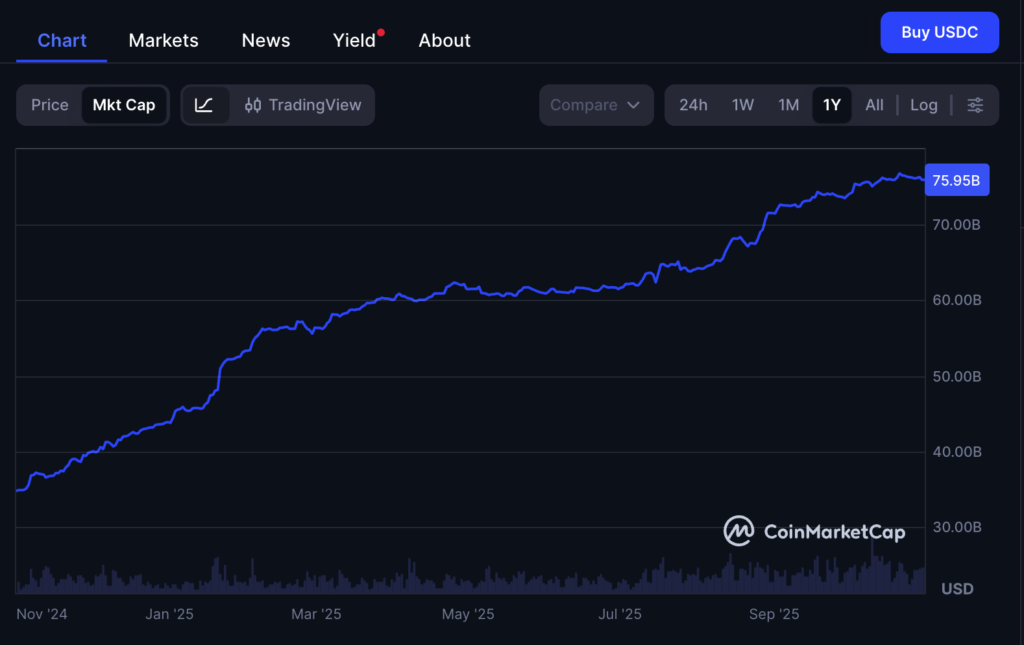
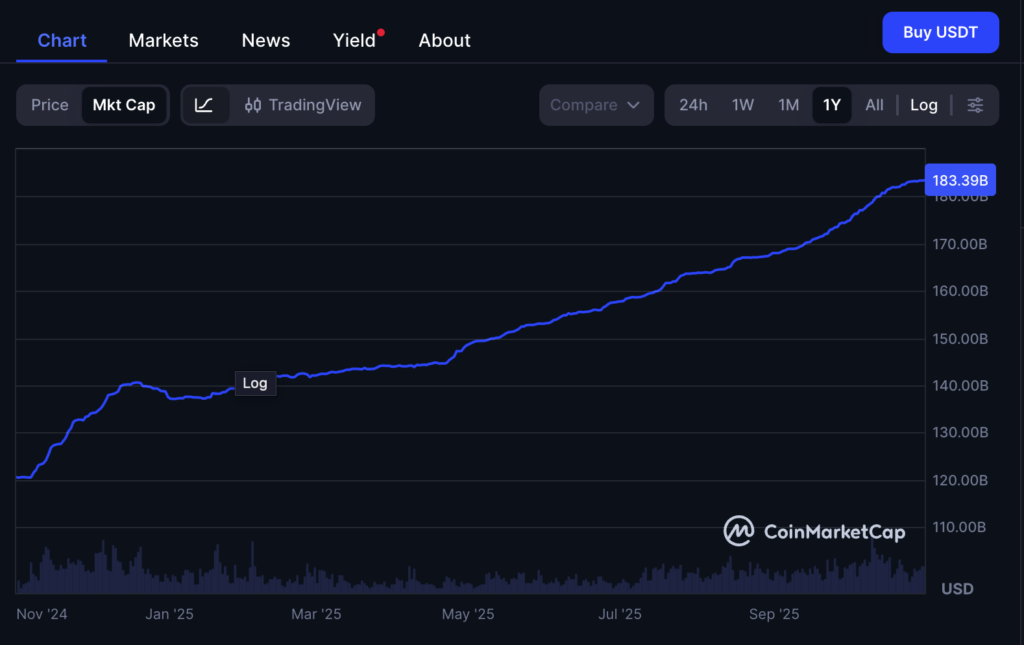
A dual-top pattern has formed, and stablecoins are moving towards the mainstream.
JPMorgan Chase emphasizes that USDT, with its massive scale, is difficult to replace in the short term in terms of multi-chain trading pairs and global liquidity. However, USDC, which emphasizes transparency and compliance, is steadily eroding market share. The two will form a complementary duopoly, working together to consolidate the status of stablecoins as digital financial infrastructure.
The report also notes that the Federal Reserve's interest rate policy will affect the returns on reserves held by stablecoin issuers, making product innovation and profit distribution mechanisms key areas of competition in the future. (Currently, most stablecoin issuers earn returns by using their reserves to purchase US Treasury bonds.)
In summary, USDC has temporarily taken the lead in growth, aided by regulatory advantages and institutional adoption, but USDT still retains key influence due to its trading depth. As regulations mature, this indicates a further integration of crypto assets and traditional finance.




